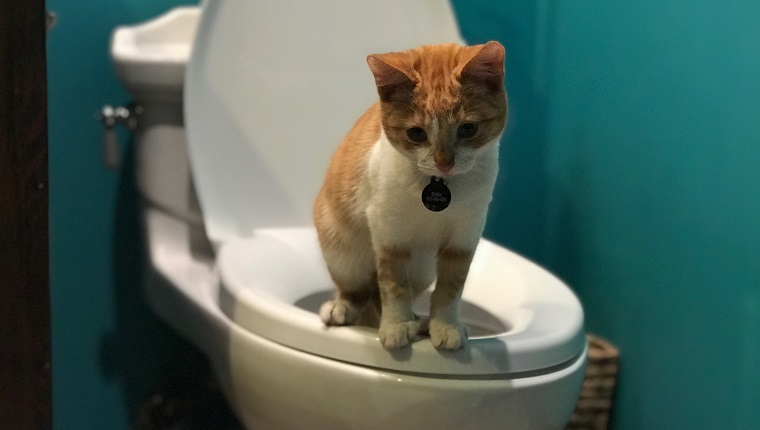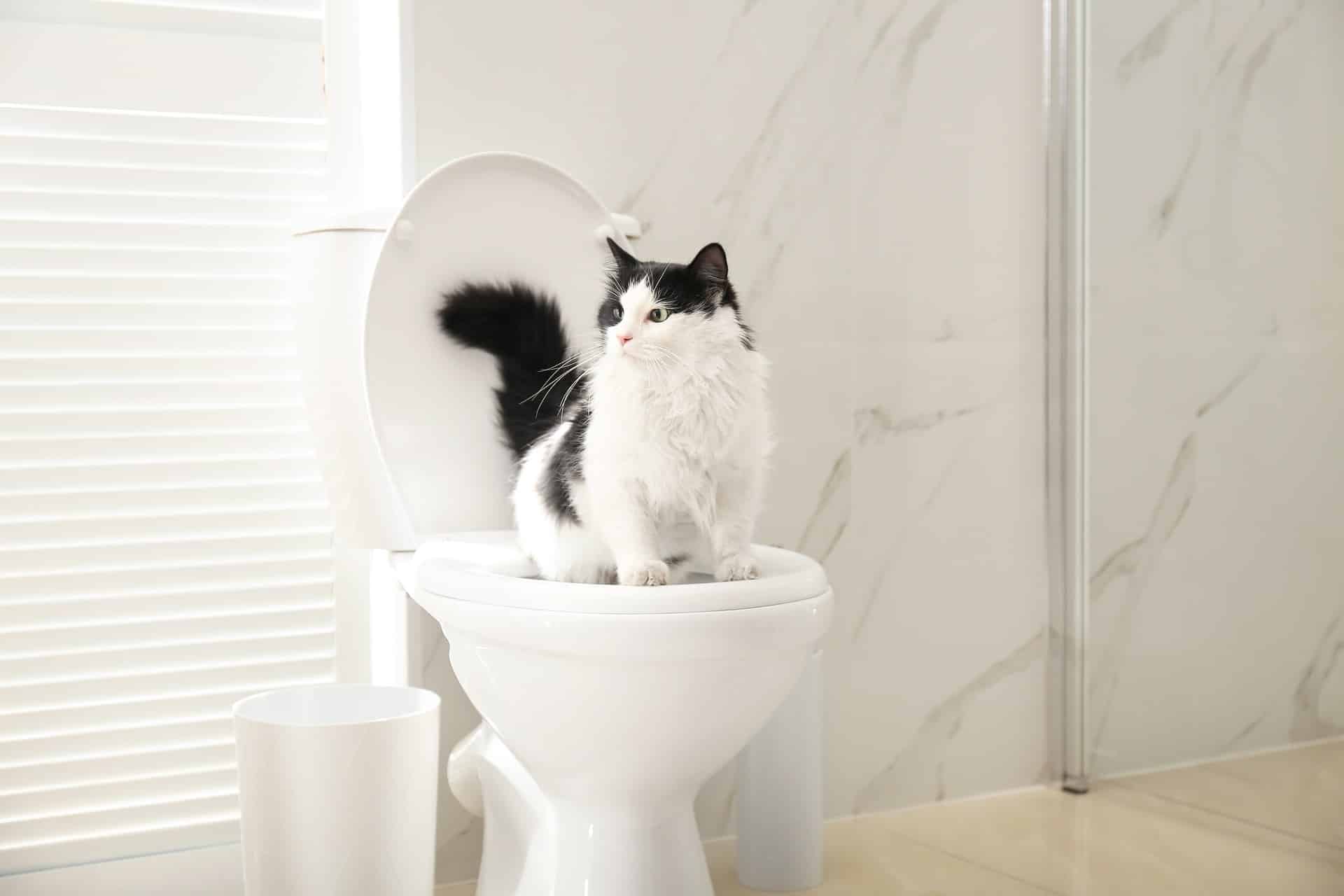My Dangers of Animal Waste in the Toilet
My Dangers of Animal Waste in the Toilet
Blog Article
We've uncovered the article pertaining to 4 Reasons Why Dog Poop Cleanup is Important below on the web and reckoned it made good sense to share it with you on my blog.

When it concerns taking care of waste, particularly animal waste, many individuals commonly consider the practical option of flushing it down the commode. However, this apparently very easy remedy can have significant consequences for the setting and public health. In this write-up, we'll check out why flushing animal waste down the toilet is a negative concept and give alternative approaches for appropriate disposal.
Introduction
Appropriate waste disposal is important for maintaining environmental sustainability and public health. While it may appear harmless to flush animal waste down the bathroom, it can cause different issues, both for the setting and human wellness.
Risks of flushing pet waste
Environmental impact
Purging animal waste presents hazardous germs and virus right into waterways, which can adversely influence marine ecosystems. These microorganisms can contaminate water resources and harm marine life, interrupting delicate communities.
Public health problems
Animal waste contains damaging bacteria such as E. coli and Salmonella, which can position severe health dangers to humans. Purging pet waste down the toilet can infect water supplies, leading to the spread of diseases and infections.
Alternatives to flushing
Rather than flushing pet waste down the toilet, there are numerous different disposal methods that are extra environmentally friendly and sanitary.
Composting
Composting pet waste is an environment-friendly method to throw away it. By composting, raw material is broken down right into nutrient-rich soil, which can be used to fertilize gardens and plants.
Garbage dump disposal
Throwing away pet waste in a landfill is one more option. While not as environmentally friendly as composting, it is a much safer option to flushing, as it stops the contamination of water resources.
Family pet waste disposal systems
There are specific family pet waste disposal systems readily available that safely and hygienically take care of animal waste. These systems commonly use enzymes to break down waste and remove odors.
Steps to correct animal waste disposal
To make sure correct disposal of pet waste, adhere to these steps:
Scooping and getting waste
Consistently scoop and bag pet waste using eco-friendly bags. This protects against waste from infecting the atmosphere.
Making use of assigned waste bins
Dispose of bagged pet waste in designated waste bins, such as garden compost bins or garbage dump bins. Prevent flushing it down the toilet in any way prices.
Cleansing litter boxes and pet dog areas on a regular basis
On a regular basis tidy litter boxes and pet areas to stop the accumulation of waste and germs. Usage pet-safe cleansing items to keep health.
Benefits of proper disposal approaches
Adopting proper disposal approaches for pet waste uses a number of advantages:
Reduced environmental pollution
Proper disposal techniques lower the threat of environmental pollution, protecting rivers and environments from contamination
Reduced threat of water contamination.
By preventing flushing animal waste down the toilet, the threat of water contamination is substantially decreased, securing public health.
Boosted hygiene and hygiene
Appropriate disposal techniques promote much better cleanliness and hygiene, creating a safer atmosphere for both people and animals.
Conclusion
In conclusion, flushing animal waste down the toilet is hazardous to the atmosphere and public health. By embracing alternate disposal methods and adhering to proper waste administration practices, we can decrease the adverse effect of pet waste and add to a cleaner, healthier earth.
What read more To Do With Dog Poo – The Do's And Don'ts Of Disposing Of Faeces
Dog poo bins
Some councils provide dedicated dog waste bins in popular dog-walking areas that can take dog poo that has been bagged but you can legally dispose of dog waste in any public litter bin, as long as it is securely bagged. This also applies to your wheelie bin at home.
Do not flush
Water companies do not recommend flushing dog faeces down the toilet because certain parasites can survive the water processing treatment and are potentially harmful to humans. You should also never consider flushing dog poo that has been bagged down the toilet as the bags will not break down and instead create severe blockages in the sewage system.
In the woods
The Forestry Commission promotes a ‘stick and flick’ method for dealing with waste in the woods. This means finding a stick and using it to flick any poo from off the path so that it is out of the way of other walkers. You could also bury it as long as it is not in an area where there might be livestock.
Livestock
Parasites found in dog poo can be transmitted to livestock if they inadvertently eat infected faeces that has been left on grazing land. This could result in the death of sheep or abortion in cattle so you should always make sure you pick up your dog’s waste in fields where livestock could be present.

On a regular basis tidy litter boxes and pet areas to stop the accumulation of waste and germs. Usage pet-safe cleansing items to keep health.
Benefits of proper disposal approaches
Adopting proper disposal approaches for pet waste uses a number of advantages:
Reduced environmental pollution
Proper disposal techniques lower the threat of environmental pollution, protecting rivers and environments from contamination
Reduced threat of water contamination.
By preventing flushing animal waste down the toilet, the threat of water contamination is substantially decreased, securing public health.
Boosted hygiene and hygiene
Appropriate disposal techniques promote much better cleanliness and hygiene, creating a safer atmosphere for both people and animals.
Conclusion
In conclusion, flushing animal waste down the toilet is hazardous to the atmosphere and public health. By embracing alternate disposal methods and adhering to proper waste administration practices, we can decrease the adverse effect of pet waste and add to a cleaner, healthier earth.
What read more To Do With Dog Poo – The Do's And Don'ts Of Disposing Of Faeces
Dog poo bins
Some councils provide dedicated dog waste bins in popular dog-walking areas that can take dog poo that has been bagged but you can legally dispose of dog waste in any public litter bin, as long as it is securely bagged. This also applies to your wheelie bin at home.
Do not flush
Water companies do not recommend flushing dog faeces down the toilet because certain parasites can survive the water processing treatment and are potentially harmful to humans. You should also never consider flushing dog poo that has been bagged down the toilet as the bags will not break down and instead create severe blockages in the sewage system.
In the woods
The Forestry Commission promotes a ‘stick and flick’ method for dealing with waste in the woods. This means finding a stick and using it to flick any poo from off the path so that it is out of the way of other walkers. You could also bury it as long as it is not in an area where there might be livestock.
Livestock
Parasites found in dog poo can be transmitted to livestock if they inadvertently eat infected faeces that has been left on grazing land. This could result in the death of sheep or abortion in cattle so you should always make sure you pick up your dog’s waste in fields where livestock could be present.

Hopefully you enjoyed our excerpt about 4 Reasons Why Dog Poop Cleanup is Important. Thanks a ton for taking the time to browse our posting. Enjoyed our blog? Please quickly share it. Let somebody else locate it. Thanks a lot for your time. Please come visit our blog back soon.
Call Today Report this page